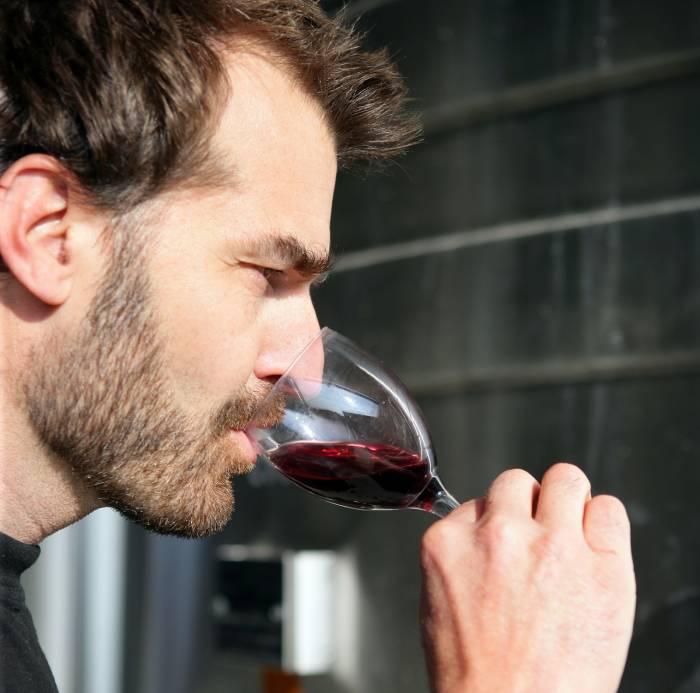Globalization Reshapes Wine Industry Without Erasing Terroir or Tradition
Two decades of change reveal a complex balance between global market forces, local identity, and evolving consumer preferences.
2025-09-23

Twenty years ago, the debate over globalization and terroir in the wine industry was at the center of economic and cultural discussions. The essay “Globalization versus Terroir,” first published in 2005 as part of the book Globaloney: Unraveling the Myths of Globalization, examined how global forces were shaping the world of wine. At that time, many believed that globalization would lead to a homogenized wine market, where local character and tradition would be lost in favor of mass production and international brands.
The early 2000s saw concerns that globalization meant “McDonaldization” or “Coca-Cola-ization” of products, with American influence dominating global tastes. The wine industry was often cited as an example of this trend. However, closer analysis revealed a more complex reality. Even the largest wine producers, such as Gallo, held only a small share of the global market. Most countries continued to consume their own wines, maintaining strong local preferences and traditions.
The impact of globalization on terroir—the unique combination of soil, climate, and tradition that gives wine its distinct character—varied depending on the segment of the market. At the lower end, where wines are produced as commodities, there was little terroir to lose. Instead, globalization improved quality by spreading knowledge and technology, forcing producers to compete with better wines from other regions.
At the high end of the market, globalization created a winner-take-all environment. Iconic wines from famous regions became luxury goods, traded and collected around the world. Prices soared to levels that would have surprised even Adam Smith, who recognized the economic value of terroir centuries ago. Yet these great wines were often bought as investments rather than enjoyed at the table.
In the middle tier—the space between commodity wines and luxury icons—the effects of globalization were less clear. The original essay predicted that differentiation would be key for survival. Wines that failed to stand out risked being pushed down into the commodity category. This insight foreshadowed the premiumization trend that would become more pronounced in later years.
One major concern at the time was “Parkerization,” named after influential critic Robert Parker. As global markets grew, Parker’s taste preferences shaped winemaking styles worldwide. Many feared this would lead to uniformity among top wines as producers chased high scores from a single critic.
Looking back after two decades, it is clear that both terroir and branding have played important roles in shaping today’s wine industry. While some regions have doubled down on promoting their unique terroir, others have invested heavily in building strong brands to differentiate themselves in crowded markets. The balance between land (terroir) and brand has become a central theme for producers seeking to navigate global competition.
The spread of information and technology has continued to raise standards across all levels of production. Consumers now have access to a wider variety of wines from around the world than ever before. At the same time, local traditions remain resilient in many places, supported by both regulatory protections and consumer interest in authenticity.
The conversation about globalization and terroir is ongoing. The past twenty years have shown that while global forces can shape markets and tastes, they do not necessarily erase local identity or tradition. Instead, they create new opportunities—and new challenges—for producers and consumers alike. The evolution of this debate continues to influence how wine is made, marketed, and enjoyed around the world today.
Founded in 2007, Vinetur® is a registered trademark of VGSC S.L. with a long history in the wine industry.
VGSC, S.L. with VAT number B70255591 is a spanish company legally registered in the Commercial Register of the city of Santiago de Compostela, with registration number: Bulletin 181, Reference 356049 in Volume 13, Page 107, Section 6, Sheet 45028, Entry 2.
Email: [email protected]
Headquarters and offices located in Vilagarcia de Arousa, Spain.